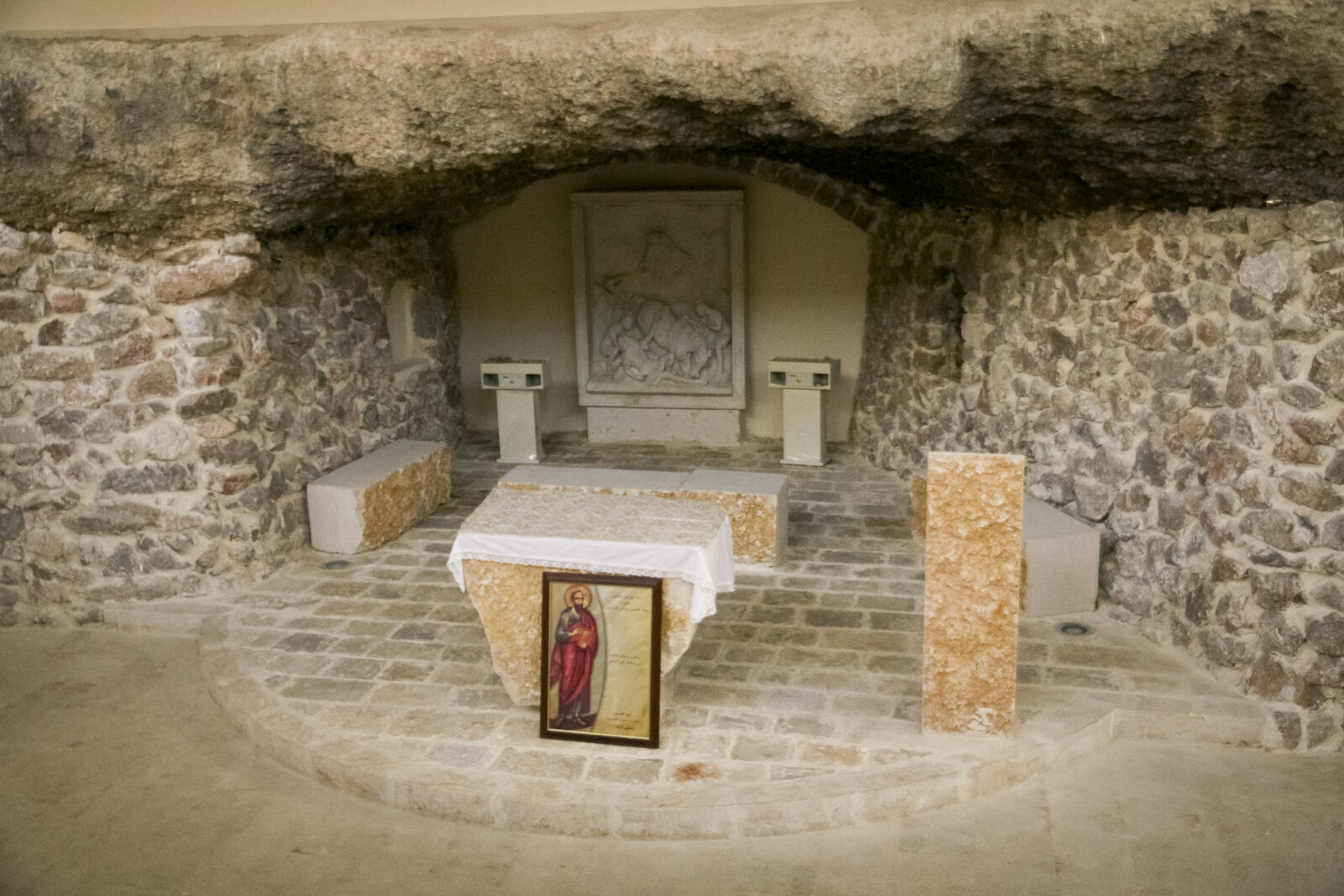The conversion of St Paul by Friedrich Pacher or when the Tyrol invites itself to the museum
25th January marks the feast-day of the conversion of St Paul. The Terra Sancta Museum has a painting representing this episode which will be one of the works displayed in the museum. Let’s discover it.
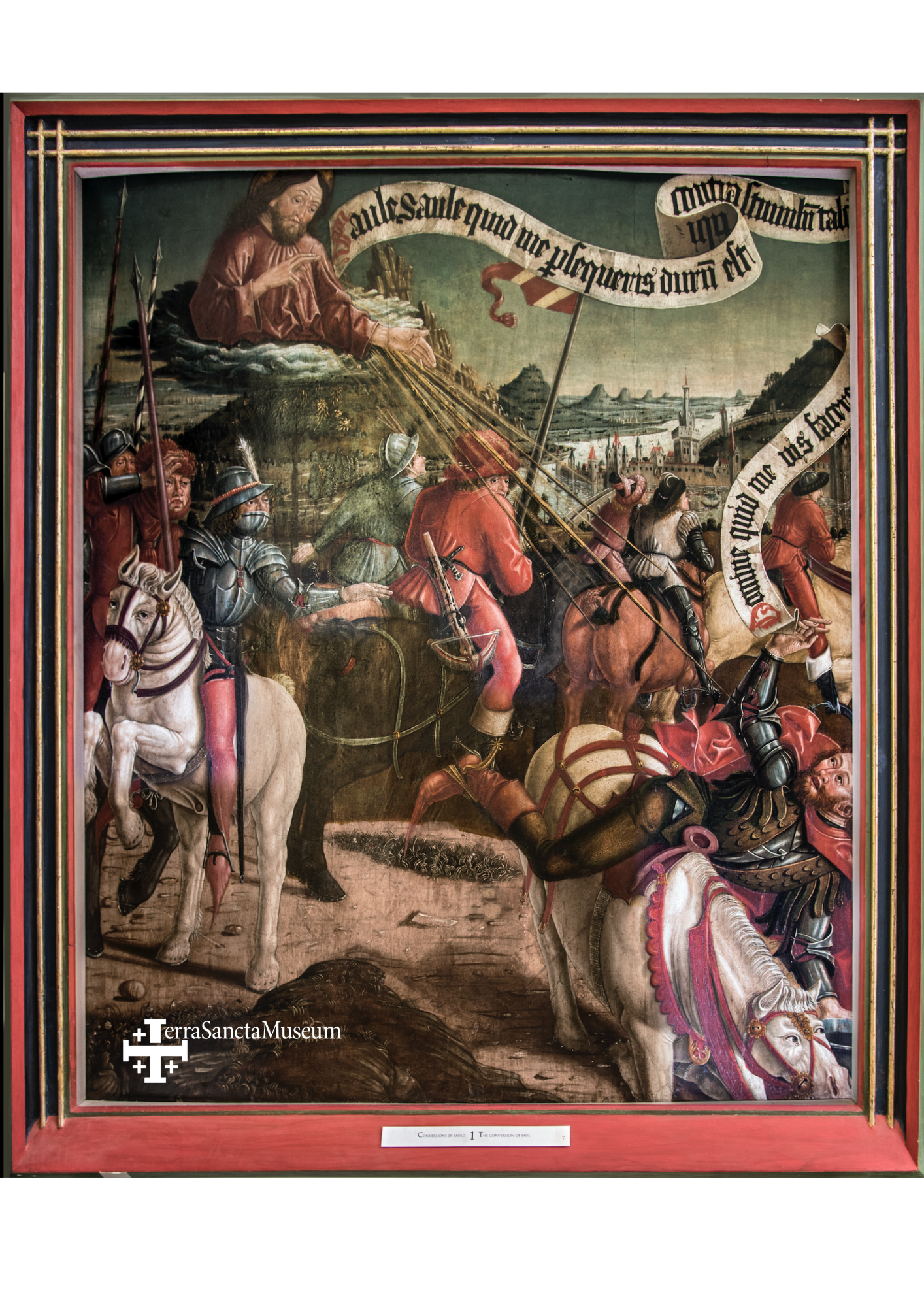
“The conversion of St Paul” is part of a set of seven altar panels which formed an altarpiece (there were originally eight panels, but the last one has been lost). This type of altarpiece has existed for a long time but underwent a real development in the Middle Ages. It went from a single panel with varying degrees of rich decoration to multiple panels in a polyptych, a type of altarpiece which was widespread in Europe in the 15th century, in particular in Flanders, in the Germanic countries, in France and in Spain.
This altarpiece was in the chapel of St Peter and St Paul consecrated in 1476 in the south Tyrol in Sterzing (Vipiteno in Italian), today in Italy. The altarpiece was dismantled when the chapel was renovated in a baroque style in 1744. Professor Johann Nepomuk Sepp purchased the seven panels and in 1861 gave them to the Franciscan chapel of St Paul in Tiberias, which marked their arrival in the collections of the Custody (Le storie dei santi Pietro e Paolo, M. Piccirillo). A stone was erected to commemorate this gift. The pictures were the moved around 1930 to Jerusalem where they were put on display in the museum of the Studium Biblicum Franciscanum, which became the Terra Sancta Museum, archaeological section, in 2018.
PAINTINGS WHICH CAN BE SEEN ONLY ON FEAST-DAYS
Dating back to the third quarter of the 15th century, these painted panels show episodes taken from the lives of St Peter and of St Paul. We thus find St Peter walking on the water, the conversion of St Paul, his healing by Ananias, the liberation of St Peter, his martyrdom and that of St Paul. A last panel shows the meeting between St Peter and St Paul, not mentioned in the Acts of the Apostles but coming from The Golden Legend. This book, fundamental for the Middle Ages, was written in the 13th century by Jacques de Voragine, archbishop of Genoa. In it he recounts the lives of about 150 saints as well as of certain events of the life of Christ and of the Virgin Mary. The artists of the Middle Ages often sought inspiration in this book for their representations of the saints. A copy of this book dating back to the 15th century will be on display in the future historical part of the Terra Sancta Museum, in the room dedicated to St Francis of Assisi and the Holy Land. Four of these painted panels have a gold background while the backgrounds of the three others are painted. These four paintings were visibly only when the altarpiece was open, which was only on feast-days.
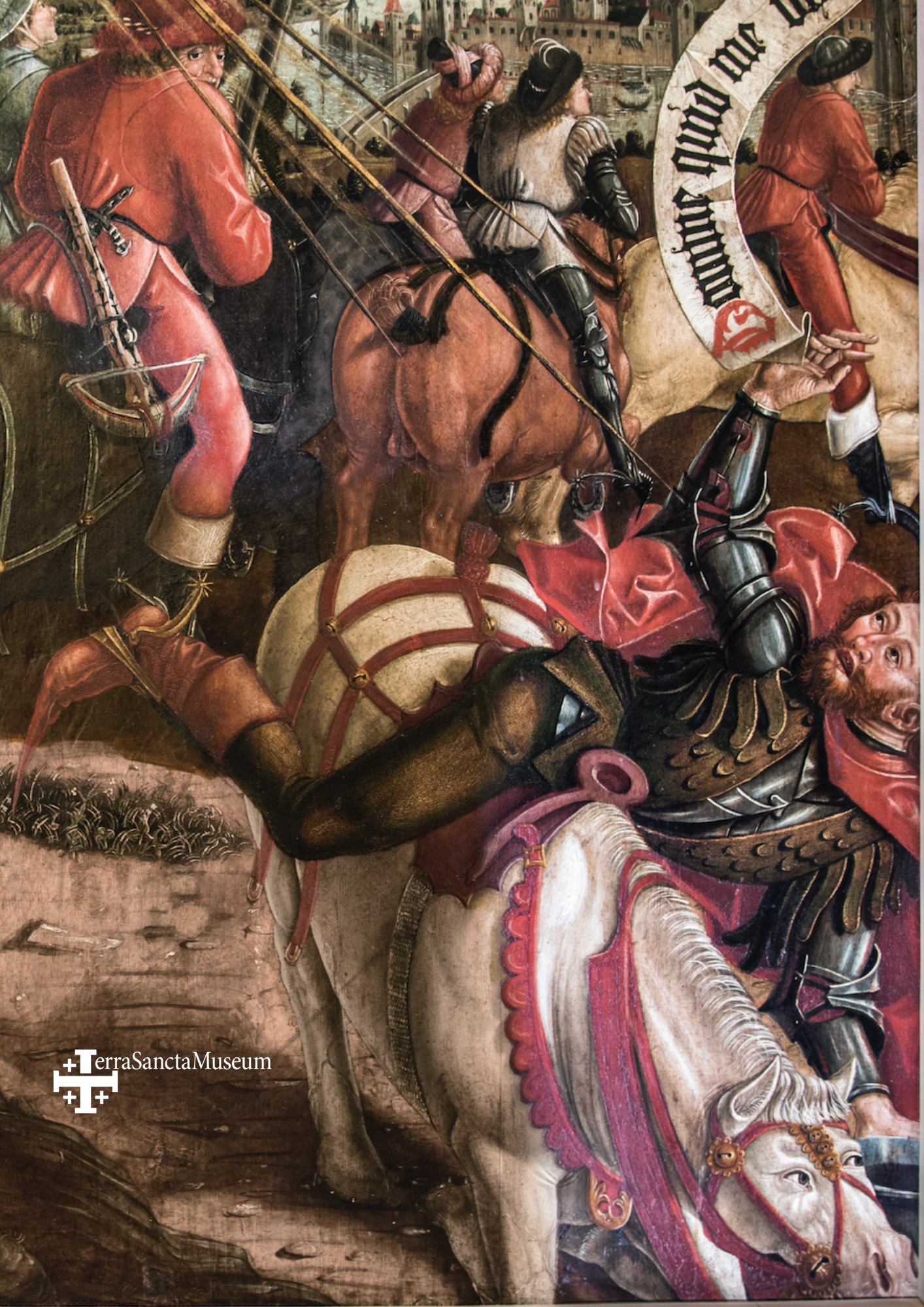
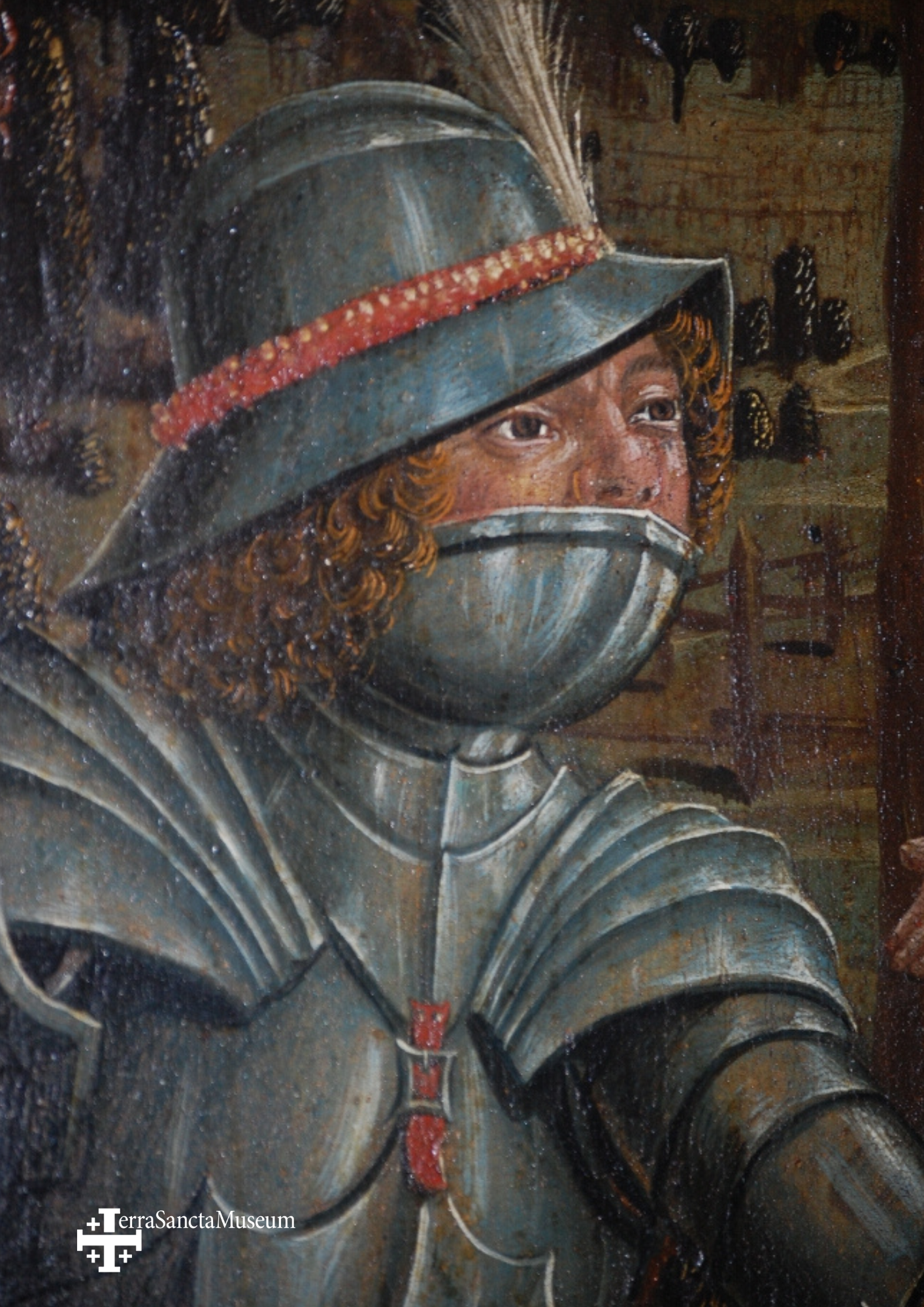
The panel (126 x 107 cm) which interests us here represents Saul (who was to become St Paul) falling from his horse while he was on his way to Damascus to persecute the Christians there (Acts of the Apostles, 9, 1-8). The man who was to become the apostle of the nations is shown surrounded by his travelling companions when he is struck by rays of light coming from the figure of Christ emerging from the heavens. All are wearing clothes that are anachronic in relation to the time when the scene took place. One of the companions of the saint turns towards him wearing armour that is closer to our Middle Ages than to the first centuries of Christianity. The composition of the painting is dominated by a strong diagonal between the two main figures, Christ and St Paul, which emphasizes even more the rays of light. The main action is therefore pushed to the fore. As in a comic strip, the words that Christ pronounces are written in Latin on a scroll that is unrolled in heaven: “Saul, Saul, why are you persecuting me? It is hard for you to kick against the goad” (Acts of the Apostles, 26, 14). The convert answers him the same way, “O Lord, what do you want me to do?”
FROM ONE PACHER TO ANOTHER !
This set of paintings is the work of Friedrich Pacher (Novacella 1440-1508) although for a long time it was attributed to Michael Pacher. The former belonged to the atelier of the latter, which explains why their works and their painting style may seem very close. Moreover, it is Professor Johann Nepomuk Sepp himself who assured that these panels were the work of Michael Pacher. It was only recently that the stylistic study of these paintings allowed discovering their author once and for all.
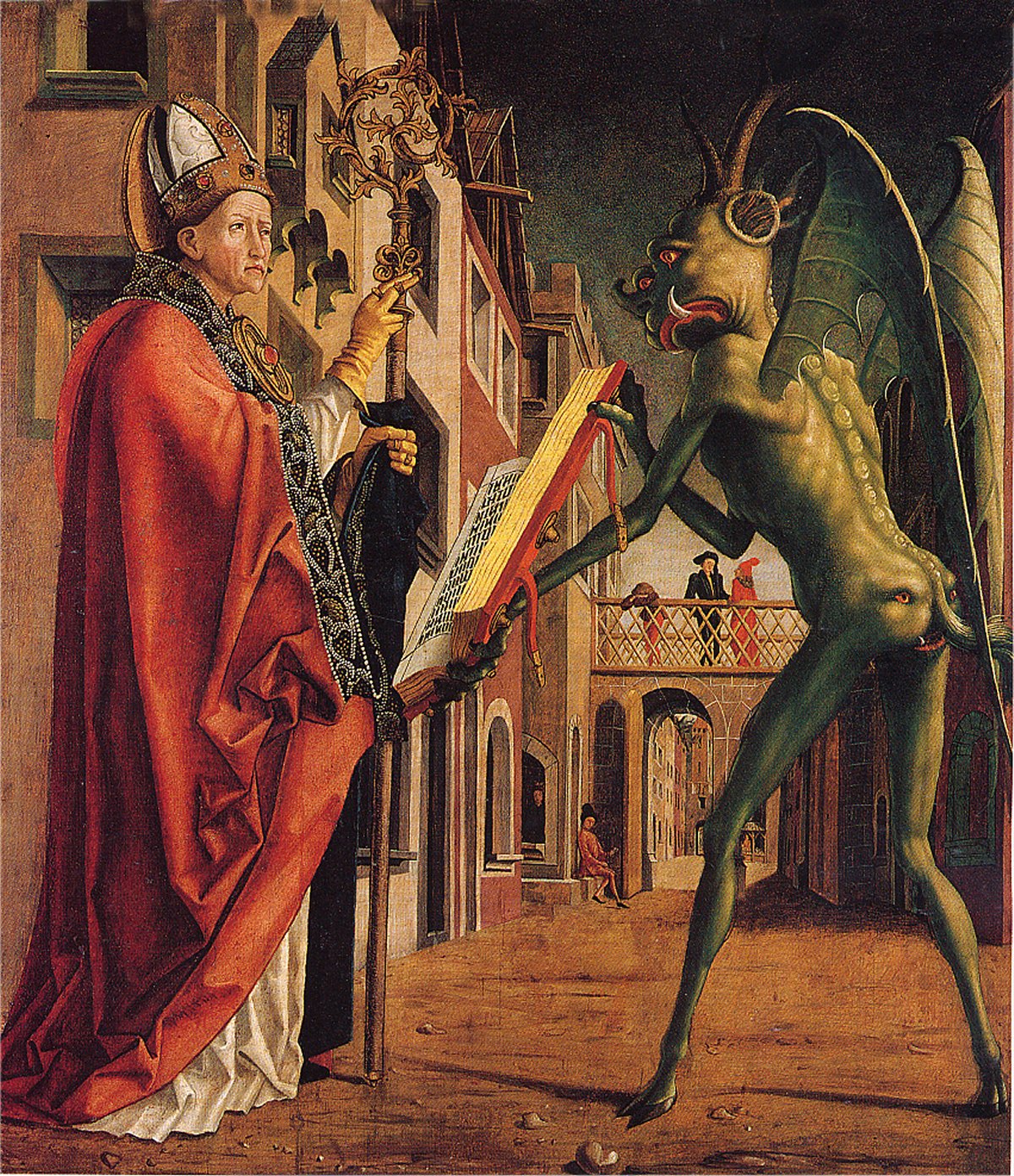
Michael Pacher was a central figure for the art of South Tyrol in the second half of the 15th century. In his works, he merged the Nordic and Italian trends of the period, added to the local traditions already full of Flemish influences. Having settled in Brunico (Bruneck in German), Friedrich Pacher followed the path of his master, referring in particular to the painting of northern Italy of Mantegna but also to the graphic work of “maestro E.S. », from the upper Rhine. However, he developed a style very much of his own, referring more and more to the Ferrara style of painting by Cosmé Tura, whose works are characterized by a very pathetic aesthetic. He also stands out from him by a certain tendency to the graphic subdivision of the forms, as well as the caricatural deformation of the face and gestures.
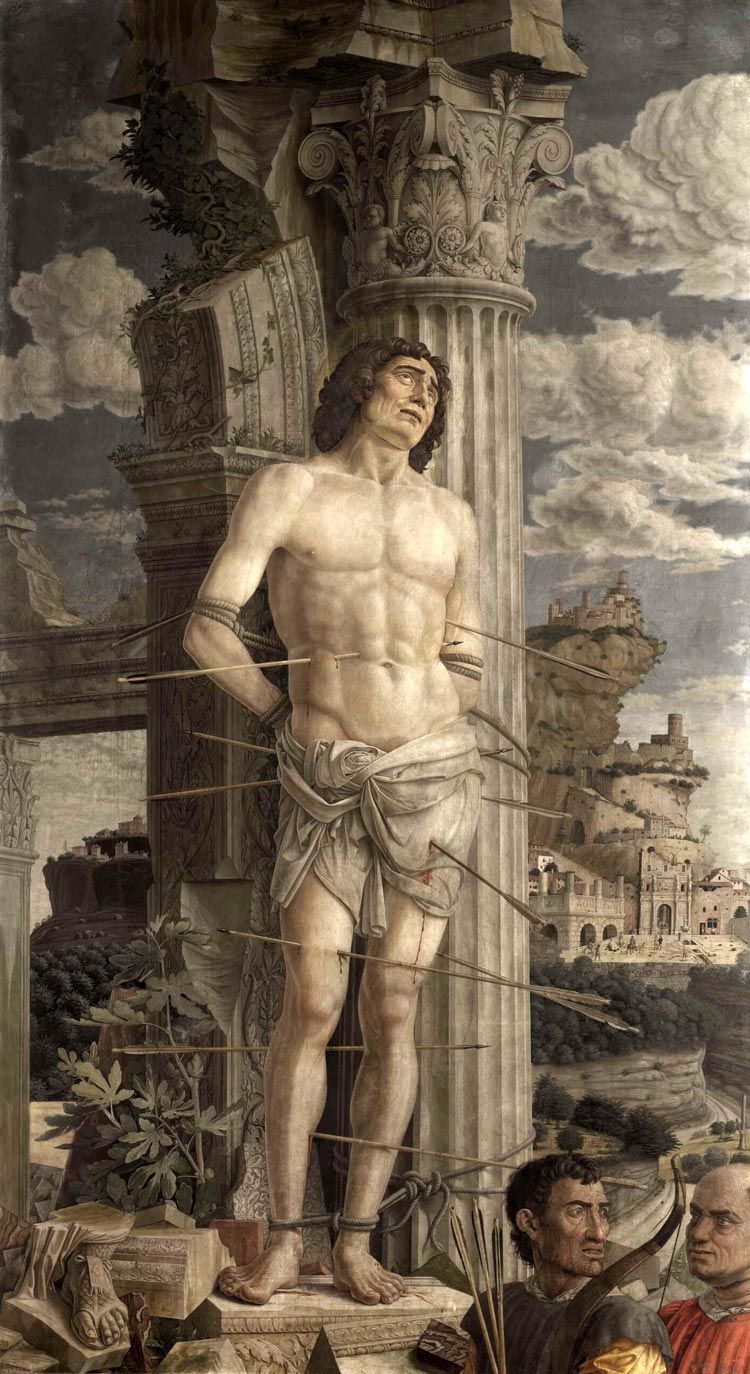
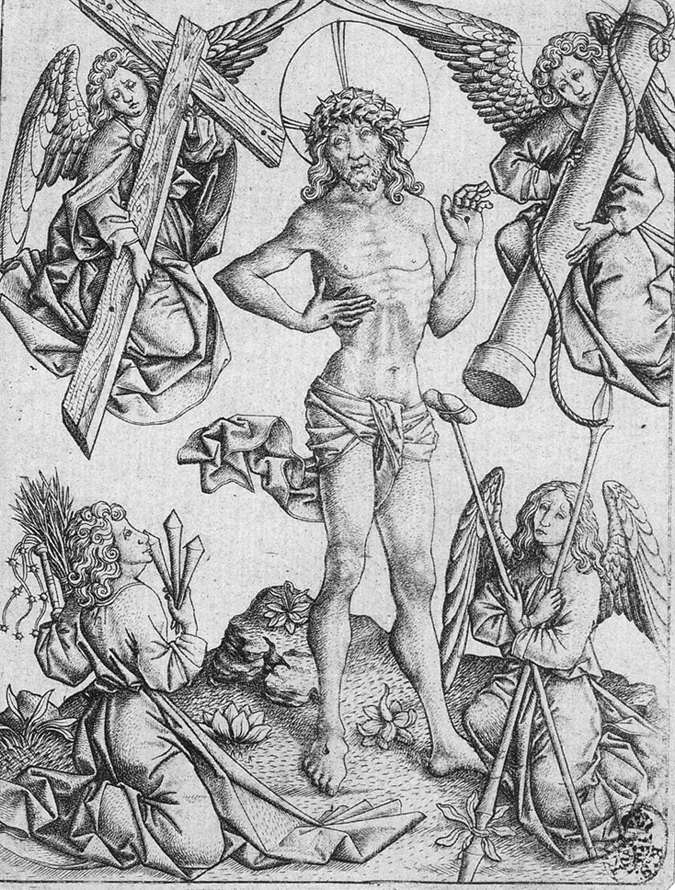
THE IMPORTANCE OF THE TYROLEAN SCHOOL FOR THE GERMANIC WORLD
What leaps out the most in this set of paintings are the more properly Nordic qualities, such as the graphic taste, the contorted figures, the faces with features that are well drawn and expressive, the agitated and nervous draperies, rendered by highly contrasting chiaroscuros… This series of panels is finally one of the many pieces of evidence of the importance of the Tyrolean school for the Germanic world in the 15th century.
This series of paintings is all the more important as it is one of the rare painted works that will be in the Terra Sancta Museum, alongside the portraits of the emperor Charles VI, Phillip V of Bourbon, of Charles III of Bourbon, of Alfonse XIII of Bourbon, of Philip II of Hapsburg, of Pope Clement XIII, of Father Francesco Quaresmi of Lodi, and of the representations of St Francis receiving the stigmata, of the Last Supper, of the adoration of the shepherds and of the Magi, and of the agony of Jesus in the garden of Gethsemane.
Even more surprising, this painting will be admired as a whole because the seven panels by Friedrich Pacher will be on display in the second room of the historical section, like a transition between the two archaeological (from the Herodian period via the period of the New Testament up to the first experiences of monasticism) and historical sections (from 1217, the arrival of the Franciscans, to the present day). So, see you at the opening of the museum and it is a promise: whether it is a feast-day or not, the painting by Pacher will be visible for everyone’s pleasure!
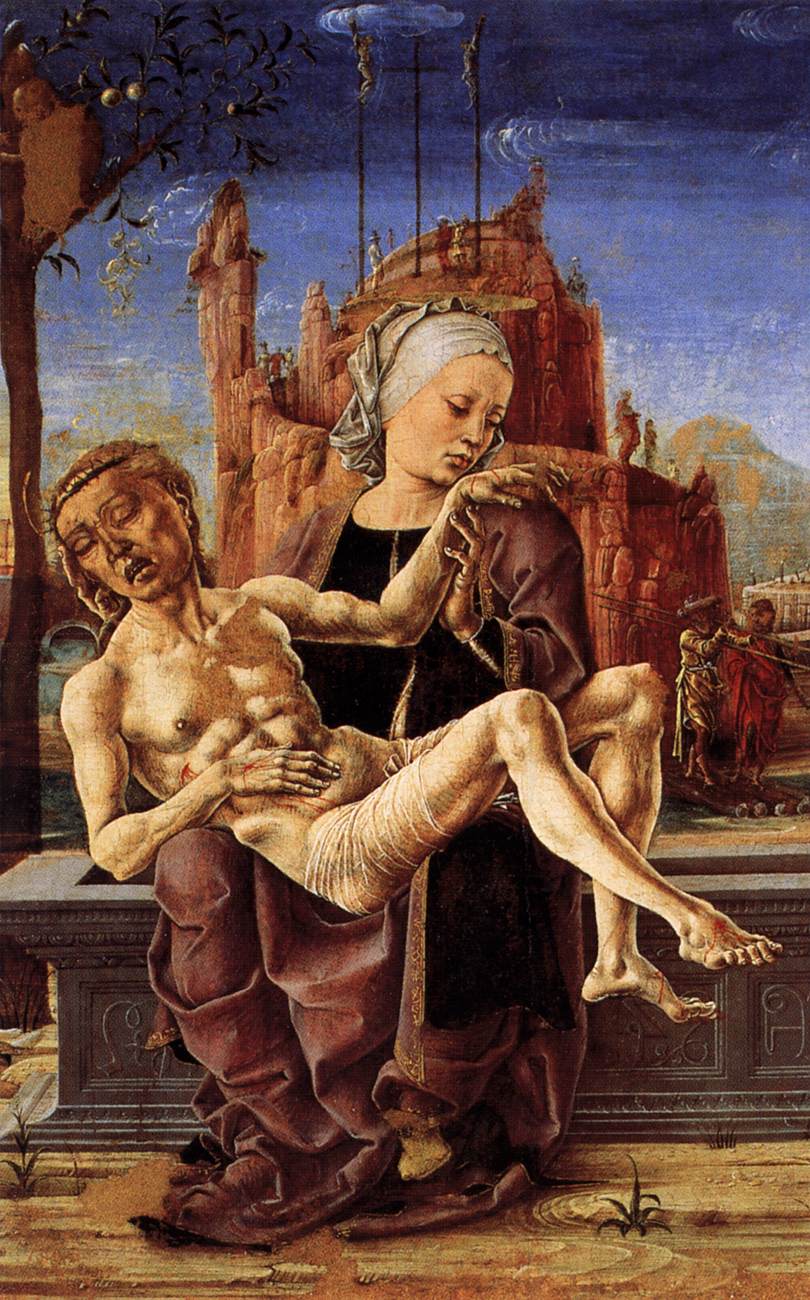
| Did you know that Franciscans are the guardians of the memorial to the conversion of St. Paul, located near Damascus, Syria ? The friars have the mission of guarding the sanctuaries, i.e. the places where Jesus and his apostles lived. These shrines are located in Palestine, Israel, but also in Jordan and Syria. A new chapel commemorating the site of St. Paul’s conversion was inaugurated in this place in 2008 and presents numerous works evoking this biblical episode. |
